Monstera deliciosa (Swiss Cheese Plant)
Top Tropicals Plant Encyclopedia
Botanical names: Monstera deliciosa, Philodendron pertusum
Common names: Swiss Cheese Plant, Fruit Salad Plant, Ceriman
Family: Araceae
Origin: Mexico and Guatemala








A jungle climbing relative of the philodendron from Mexico and Guatemala. It is seen in gardens in tropical and subtropical areas, growing well in partial sun or shade. The plant begins bearing after three years. Popular as a houseplant, it seldom fruits in the home. The large pinnate leaves are perforated with oblong or oval holes, hence one common name. The 9", dull, deep green, cone-like fruit is actually an unripened flower spike, covered with hexagonal scales that dry out and separate as the fruit ripens from the base upwards, revealing the white pulp. It takes a little longer than a year to mature to an edible stage. The fruit tastes kind of like a cross between a sugar apple and a pineapple.Very perfuming smell and taste! It's so amazing, can't figure the consistency, but totally a pineapple sugar apple cross... But wash the black specks off before eating - they will sting your tongue. Unripe fruit, if eaten causes irritation to the mouth and throat because of the oxalic acid. It can be induced to ripen by picking when the base has started to wrinkle and wrapping in a bag for a few days. When unwrapped, the scales should have separated.
Another interesting characteristic of this plant is that the seedlings, upon germination, will grow in the direction of the darkest area (not just merely away from light) until they encounter the base of a tree to grow on. They will then begin to climb toward the light which is generally up into the canopy of the tree upon which it is growing. Propagated by cuttings of mature wood or air layering.
Similar plants: Monstera deliciosa (Swiss Cheese Plant)
- Monstera acuminata (Monstera)
- Monstera adansonii (Swiss Cheese Plant)
- Monstera aureopinnata (Regal Ceriman)
- Monstera dubia (Penanola)
- Monstera karstenianum (Monstera Peru)
- Monstera obliqua (Monstera)
- Monstera pinnatipartita (Nido Nodo)
- Monstera siltepecana (Swiss Cheese Plant)
- Monstera tenuis (Monstera)
- Monstera xanthospatha (Holly Molly)
See Article about Philodendrons.
Recommended Fertilizer: SUNSHINE Robusta - Rapid Growth Booster
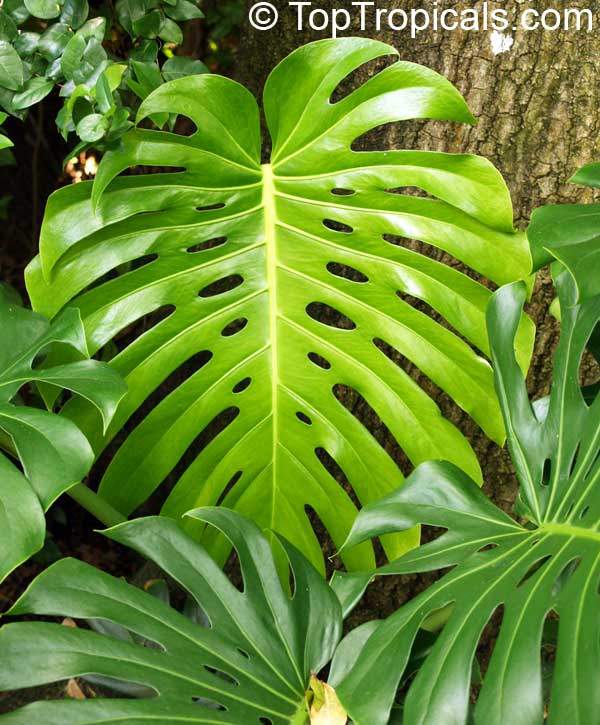

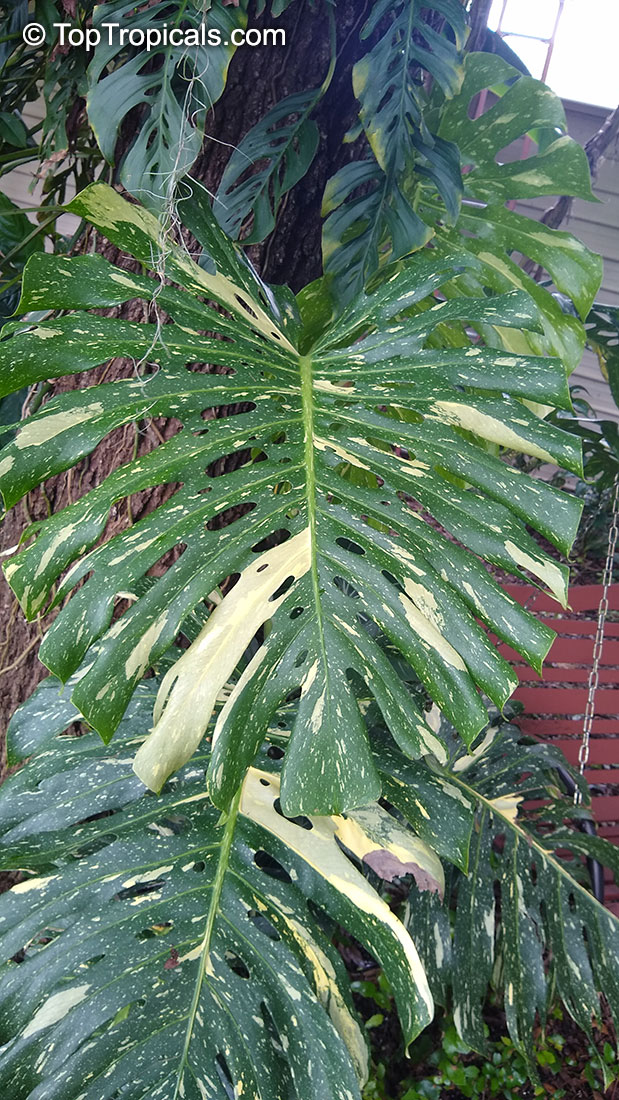

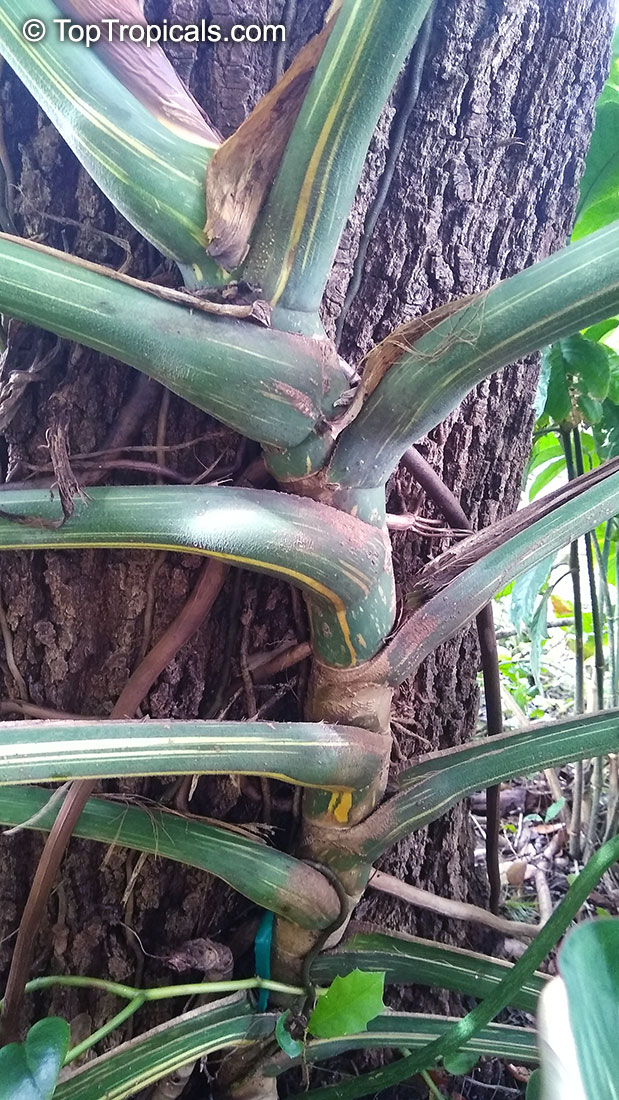
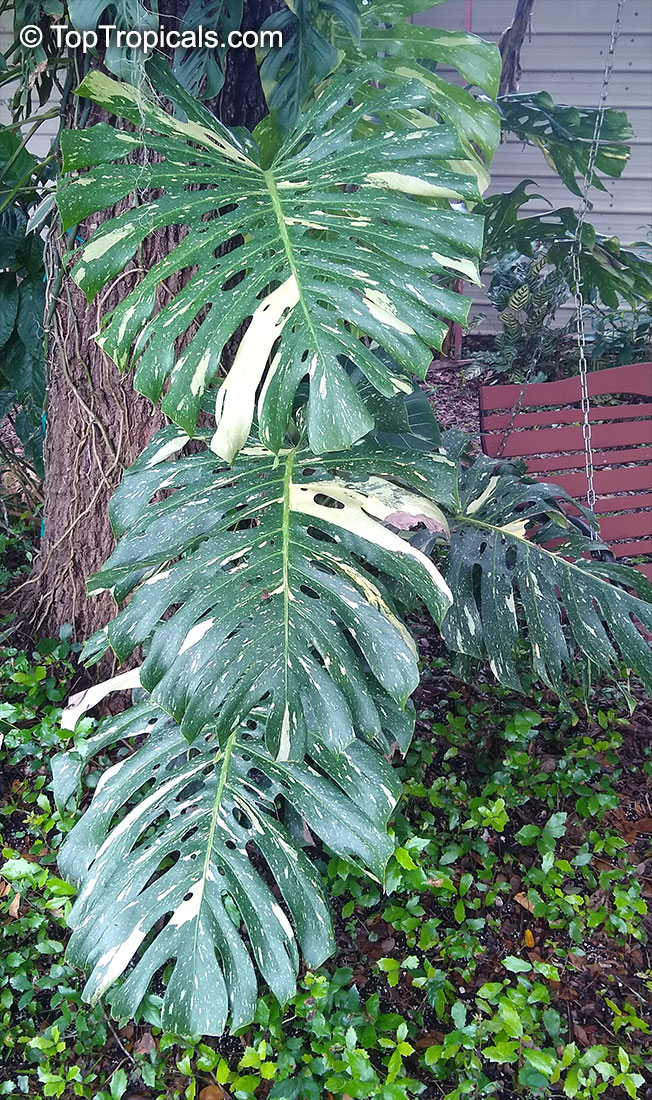
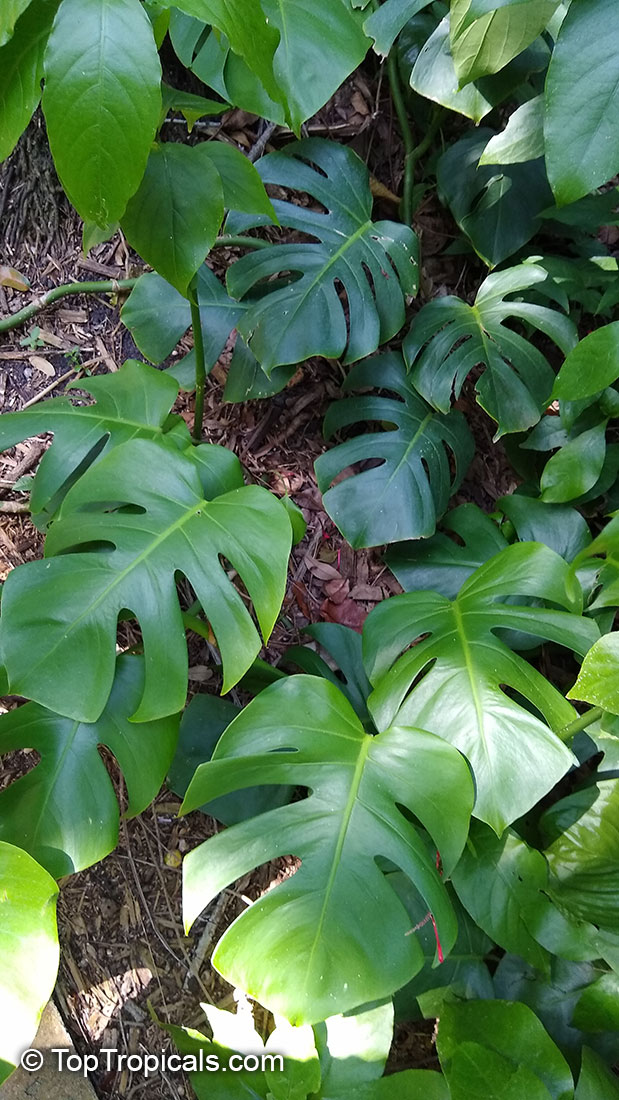
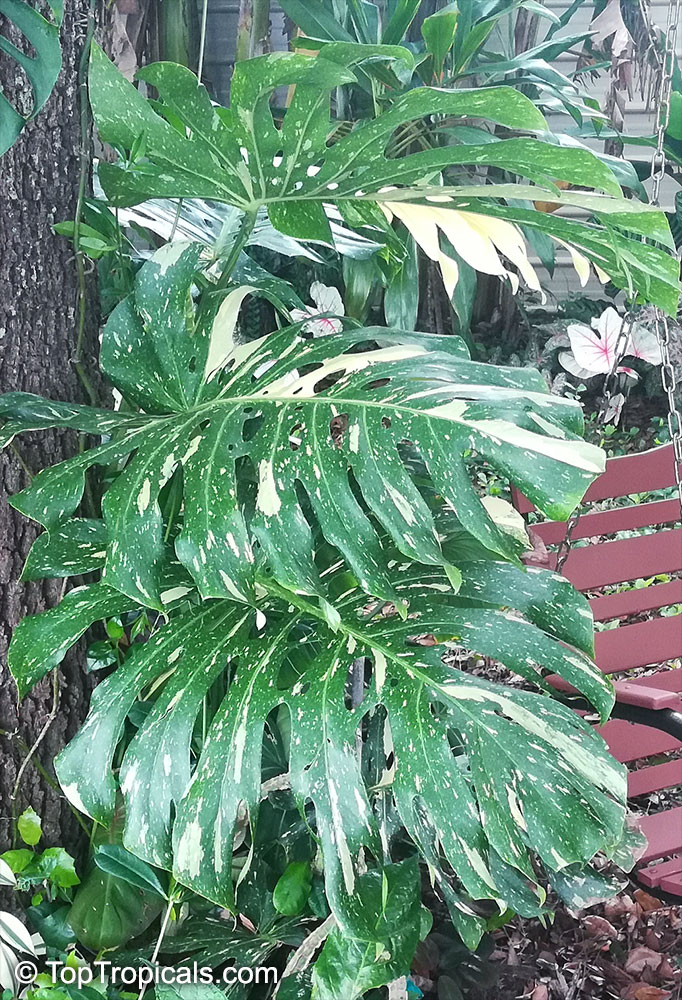
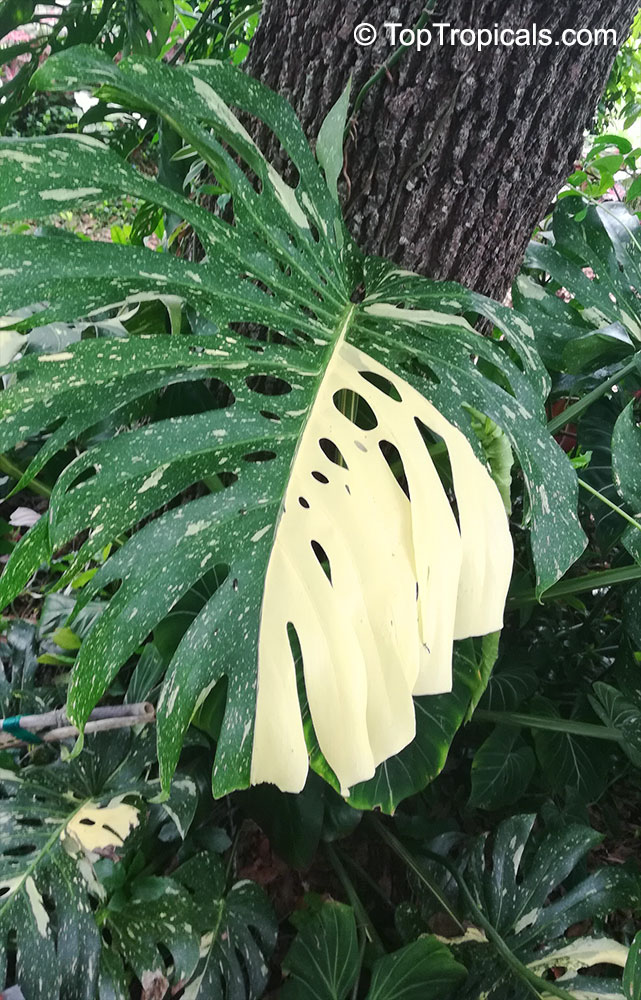
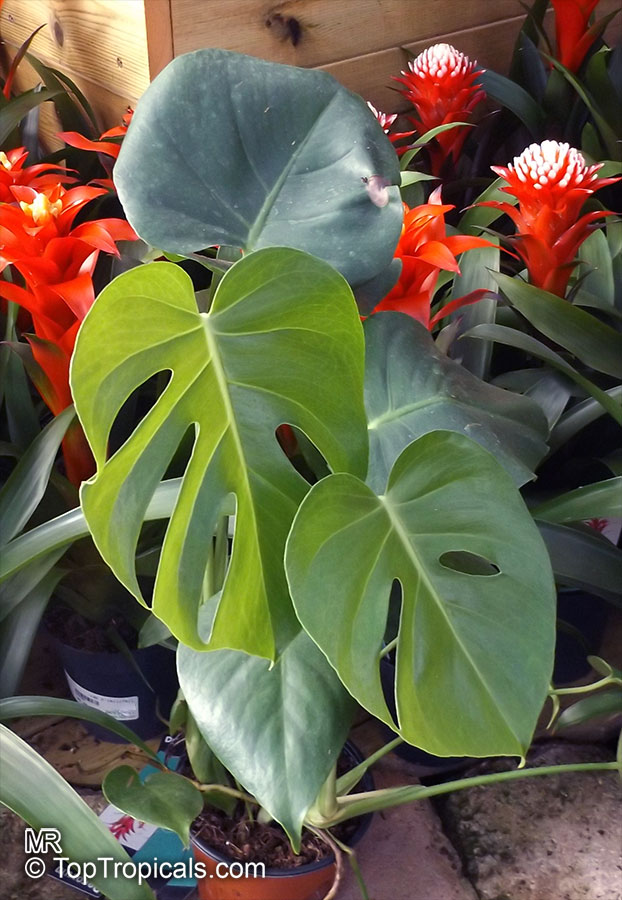
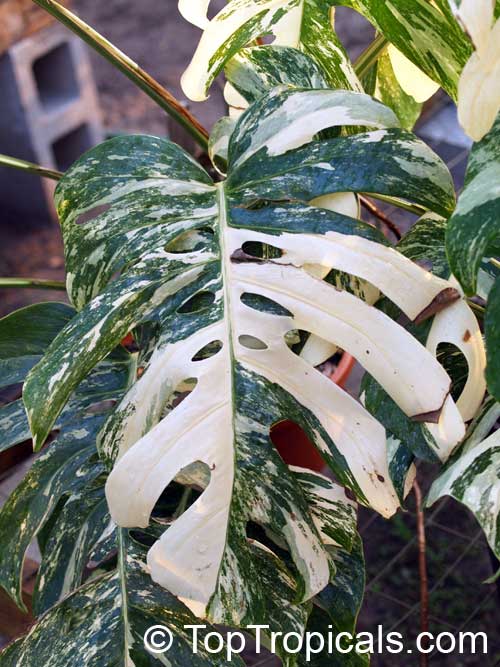
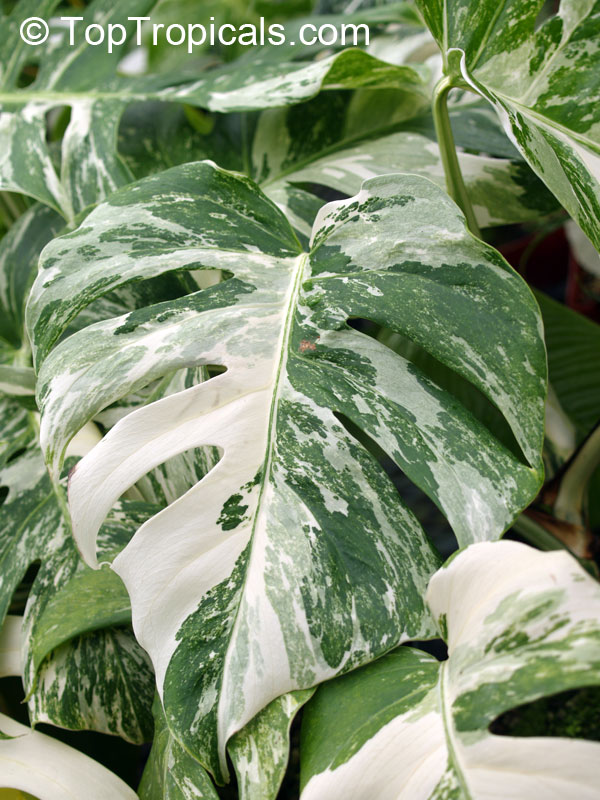
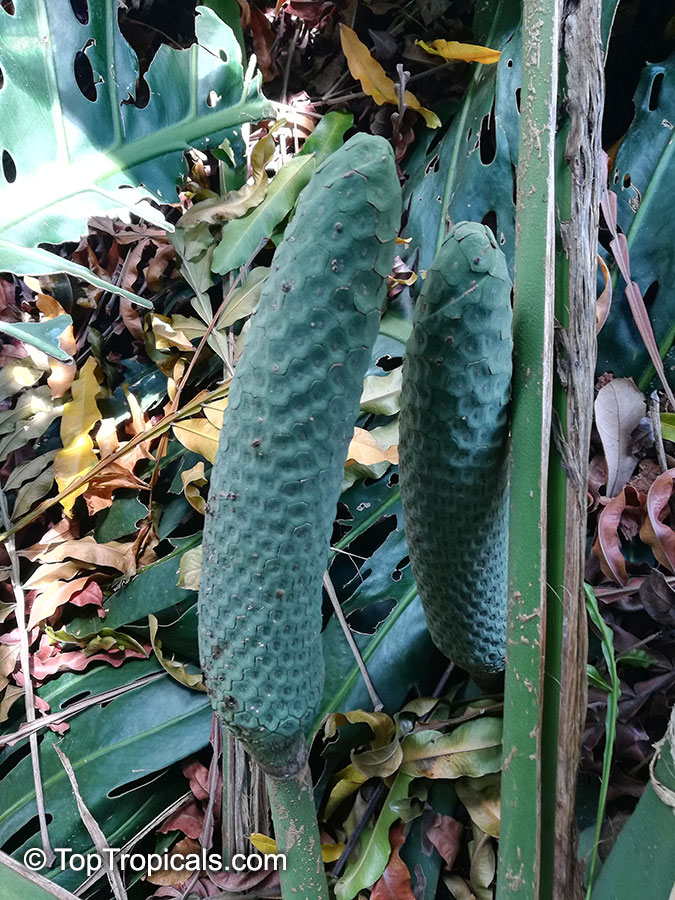
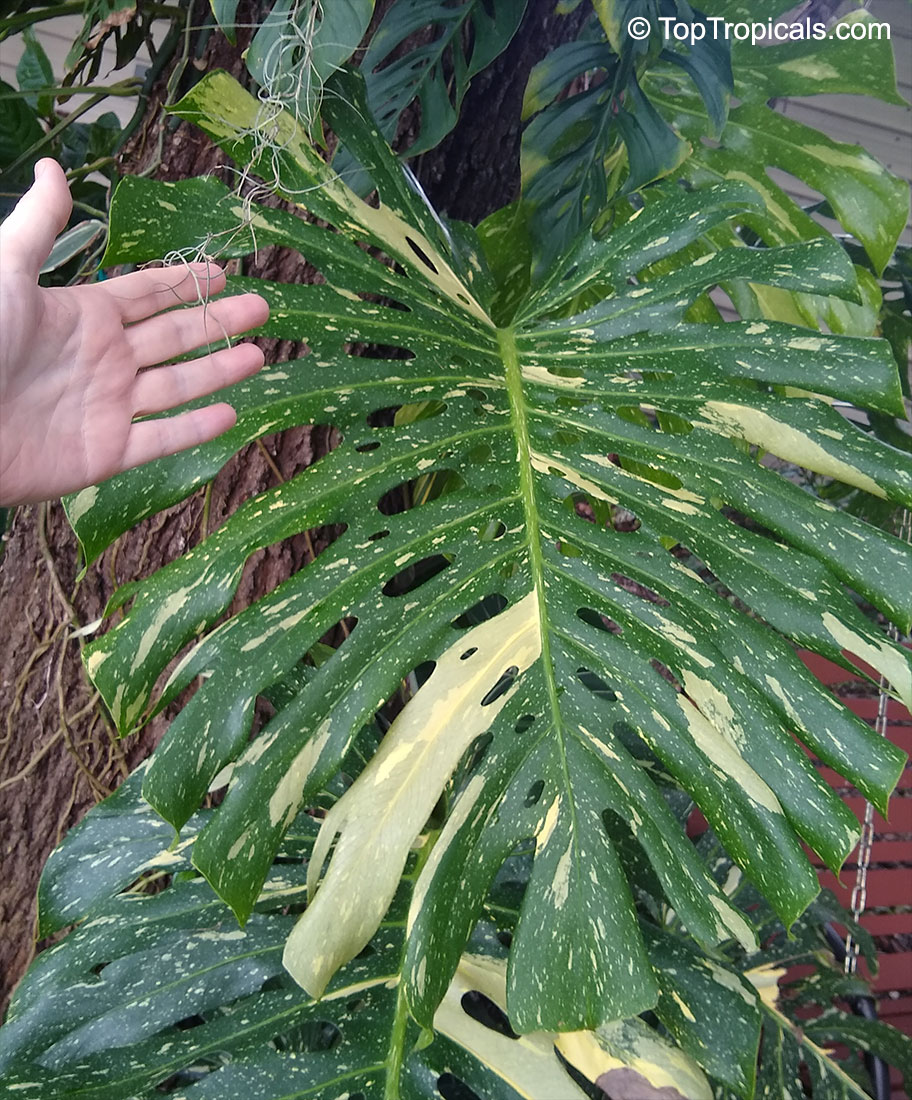
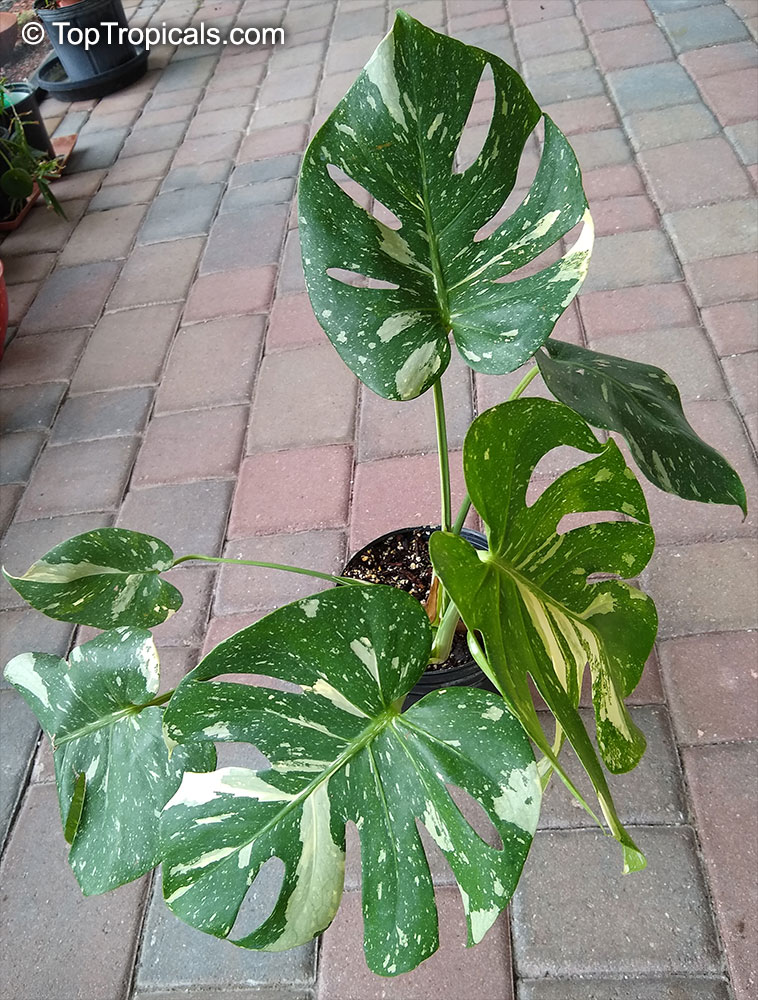
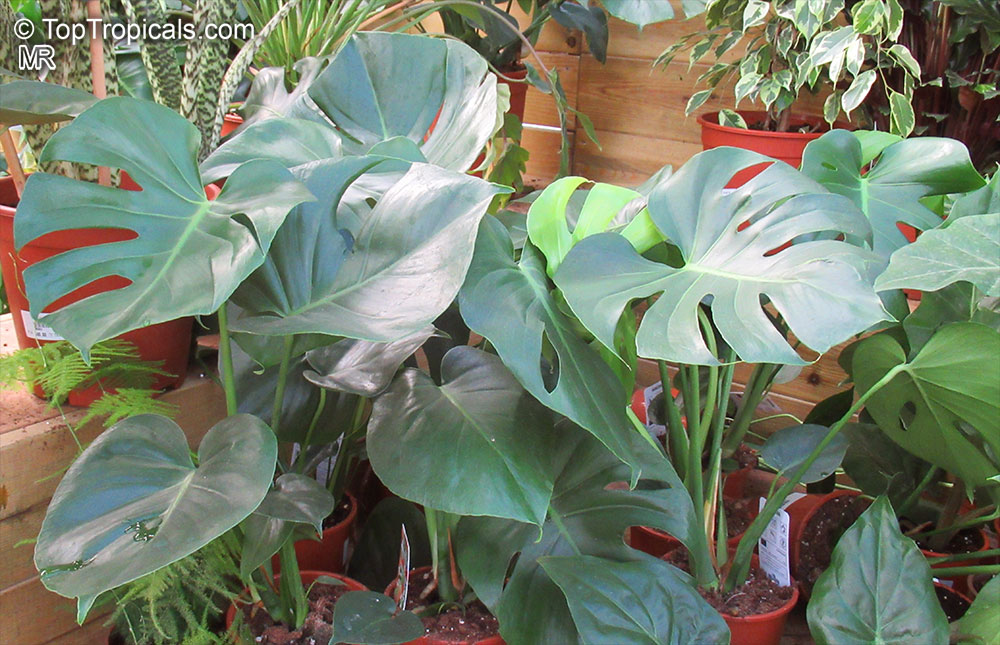
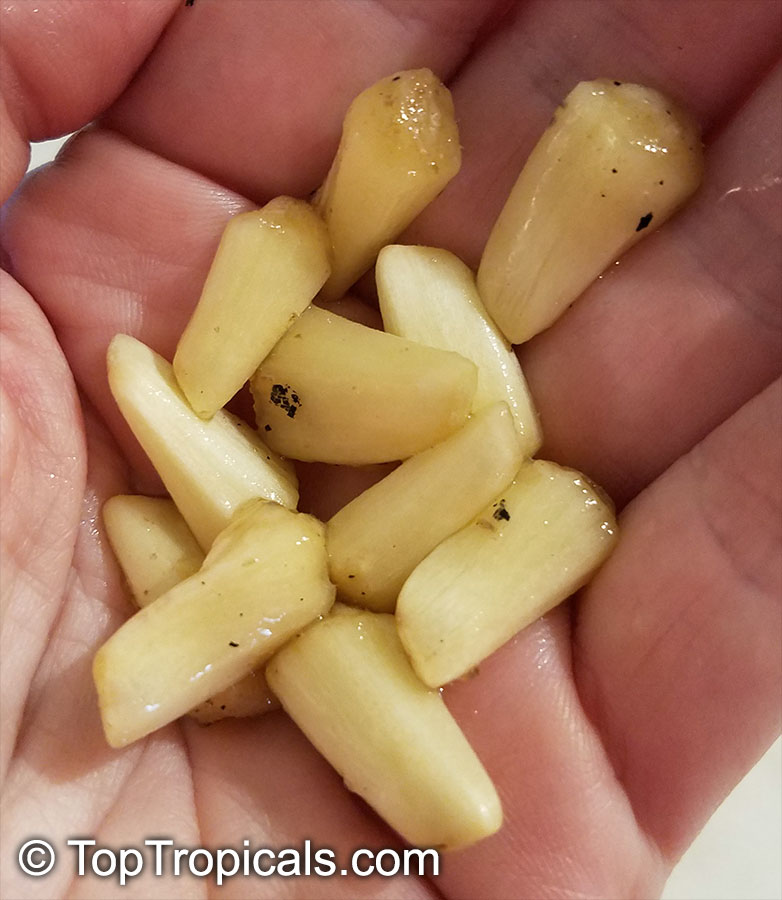
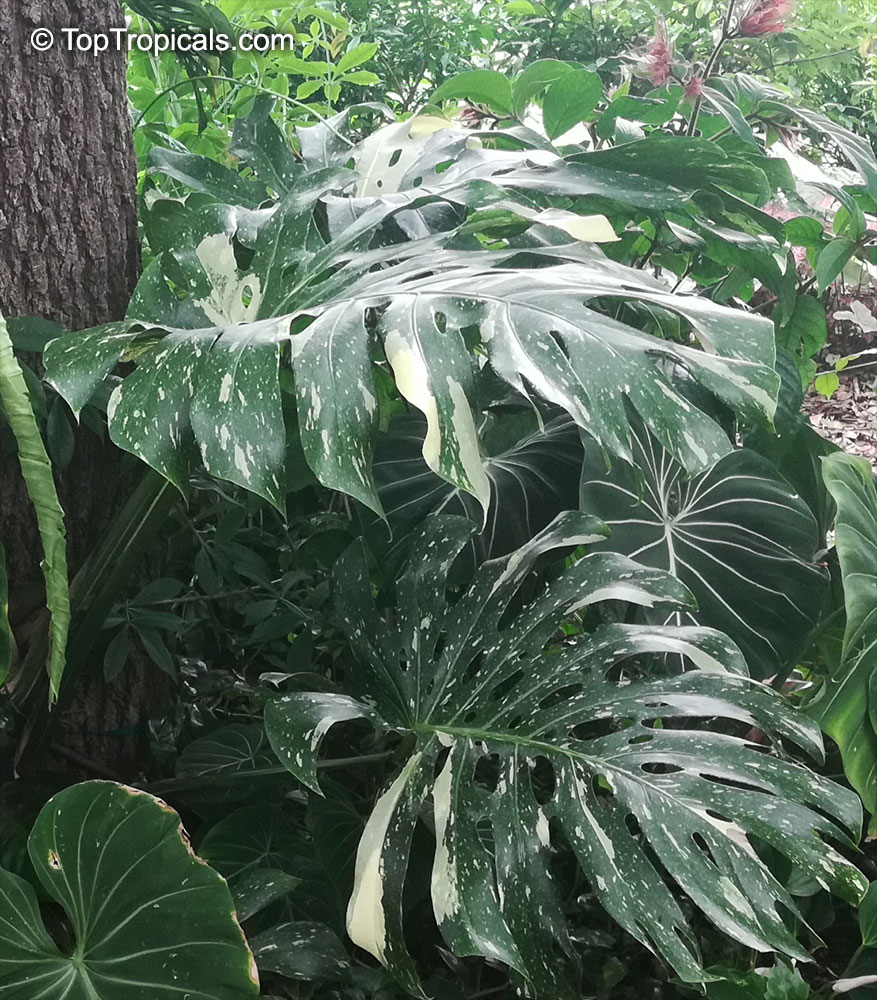
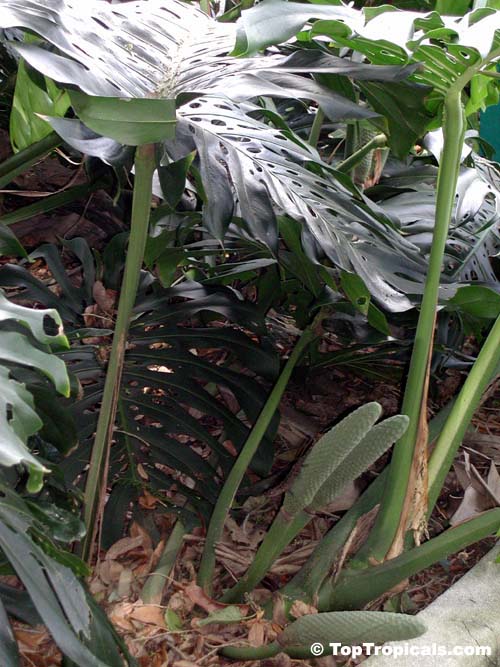

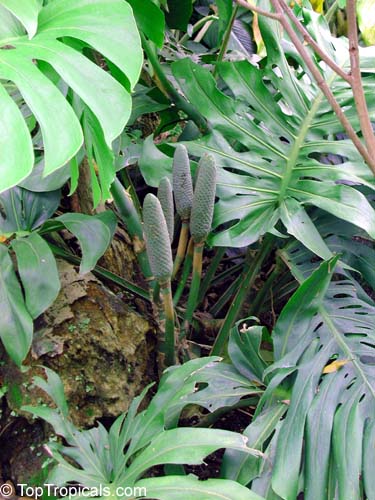
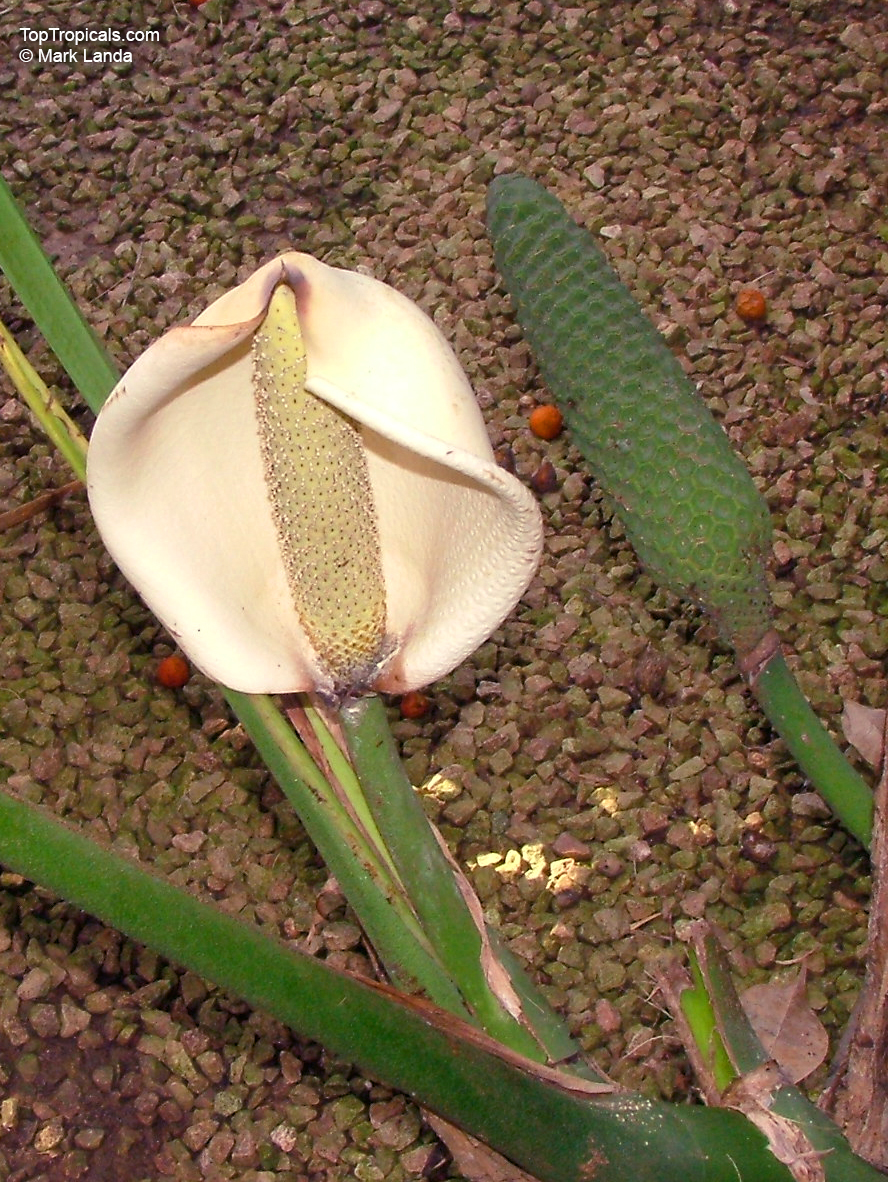
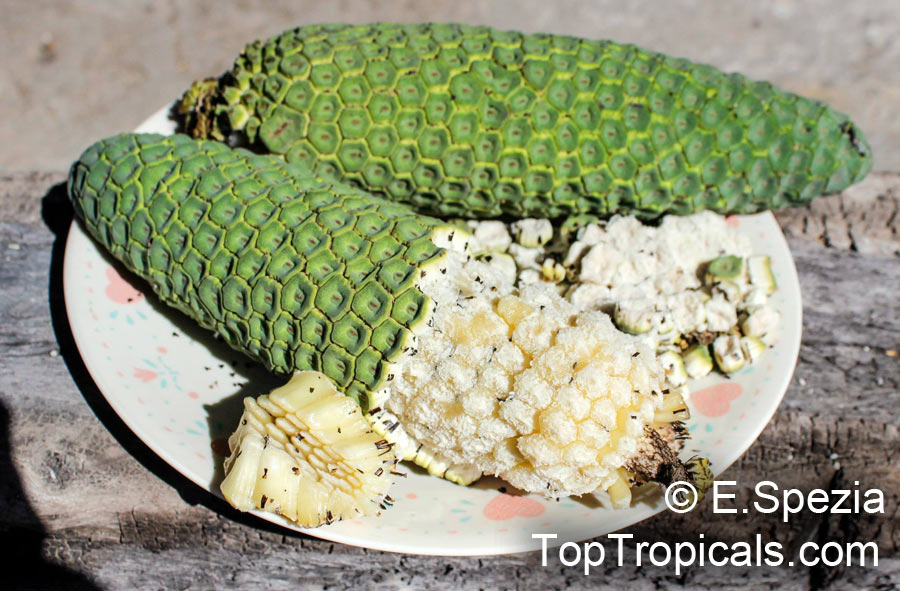
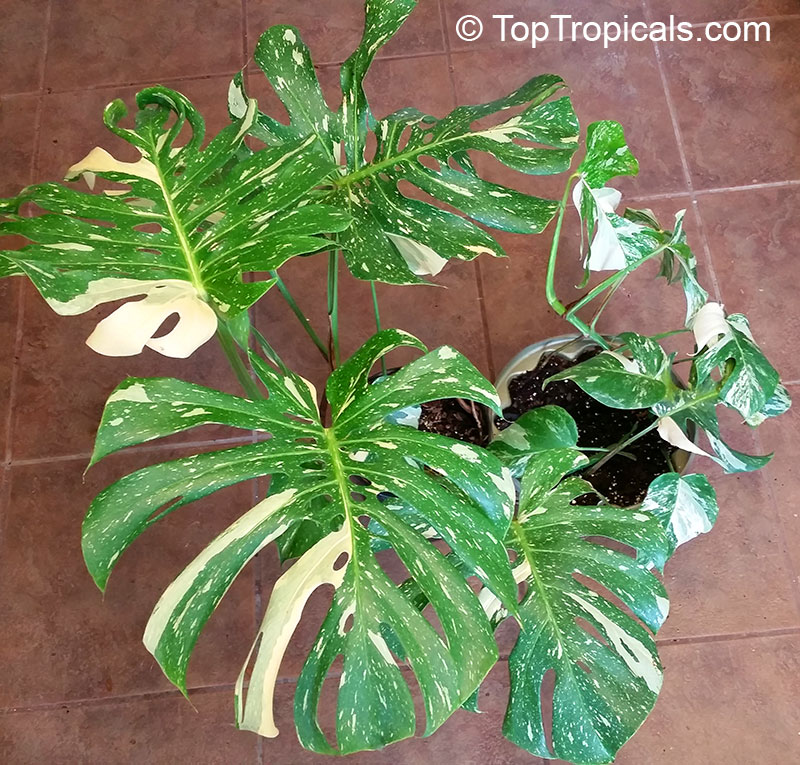
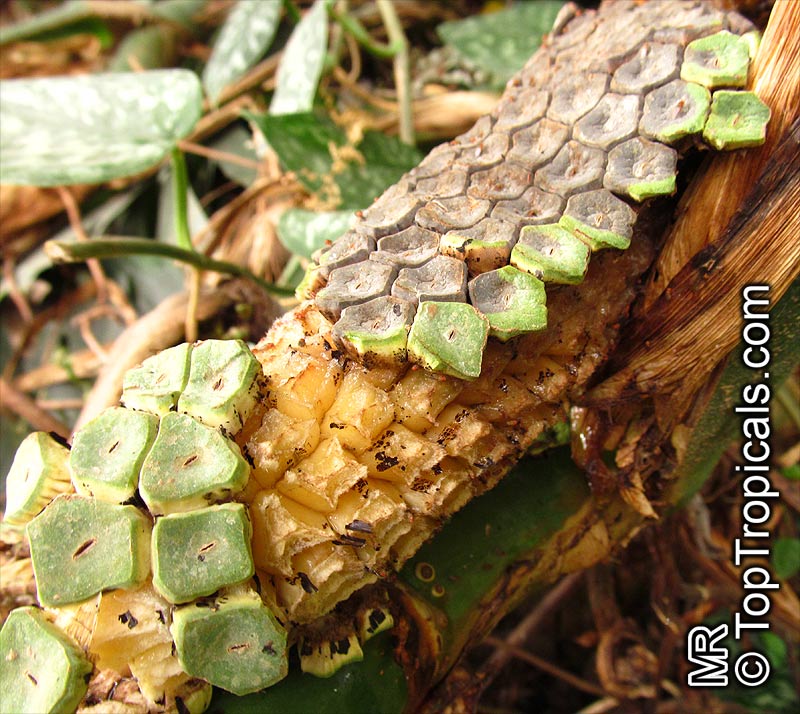
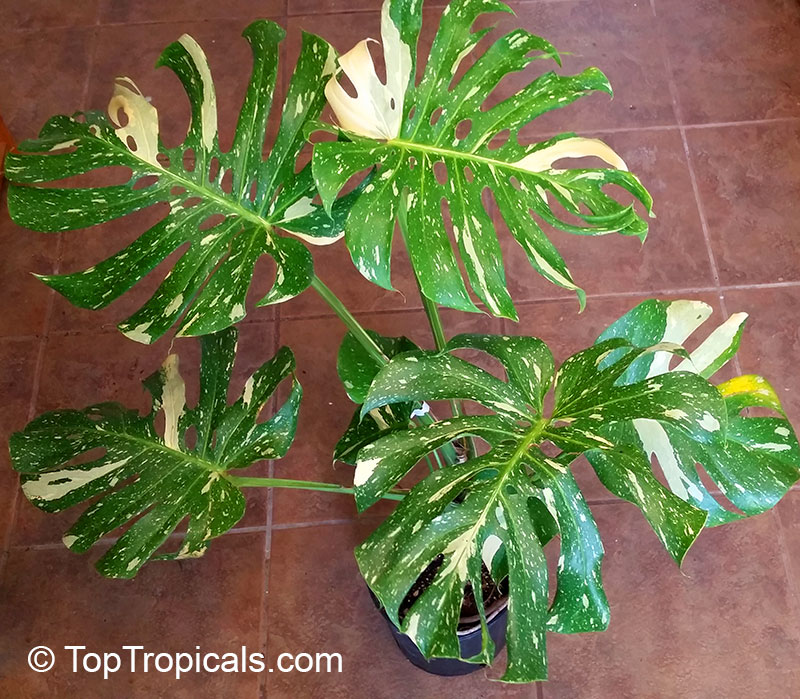
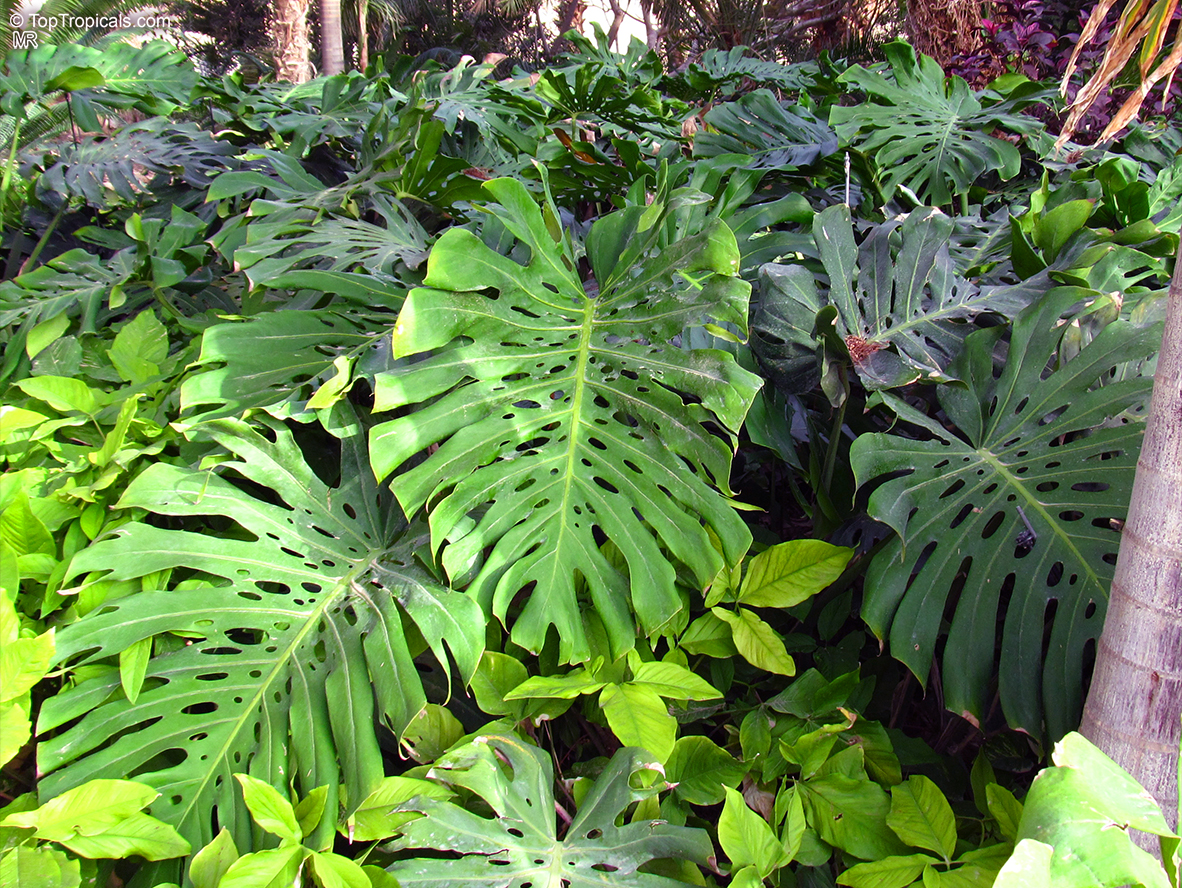
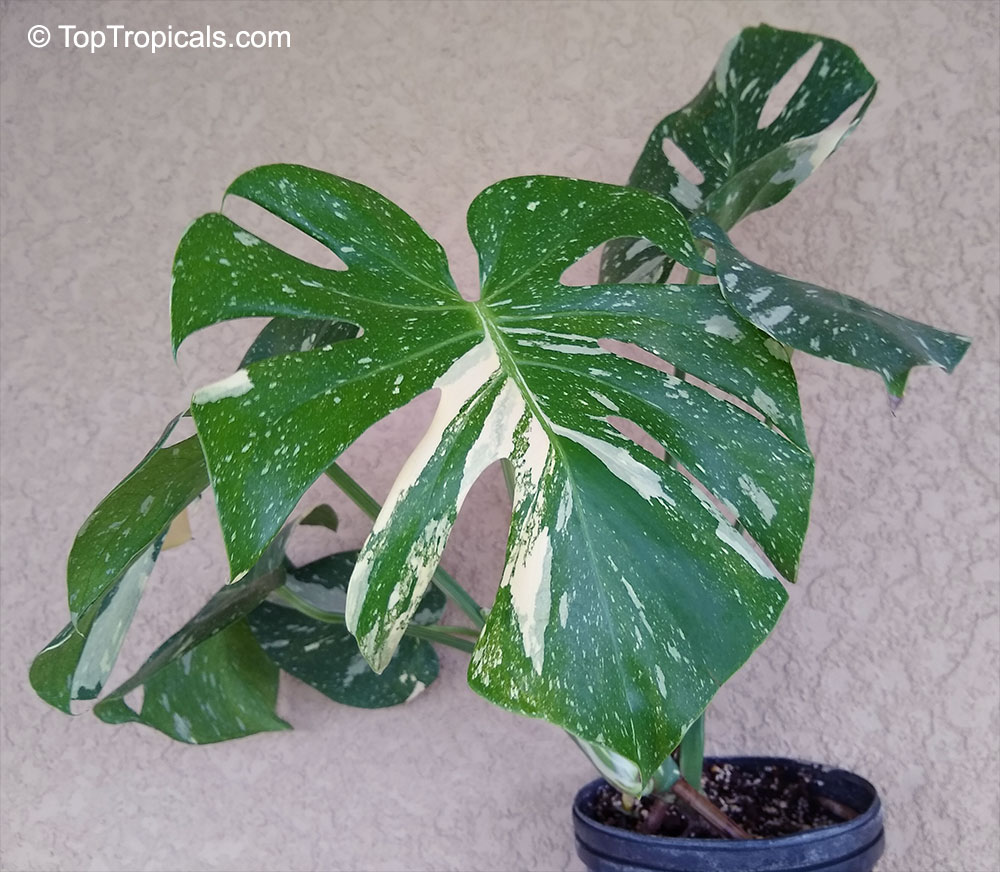
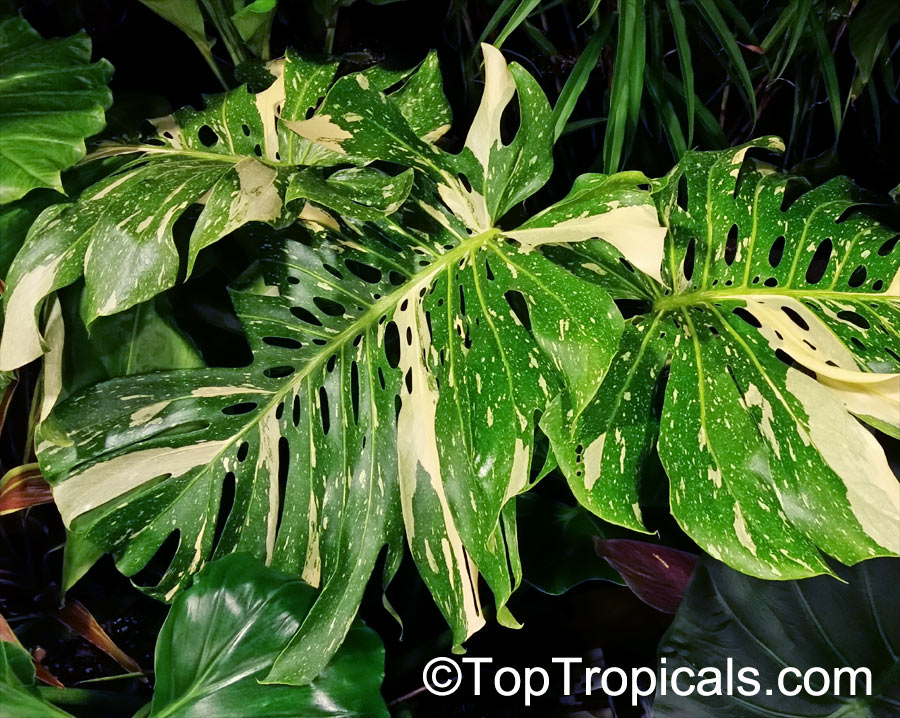
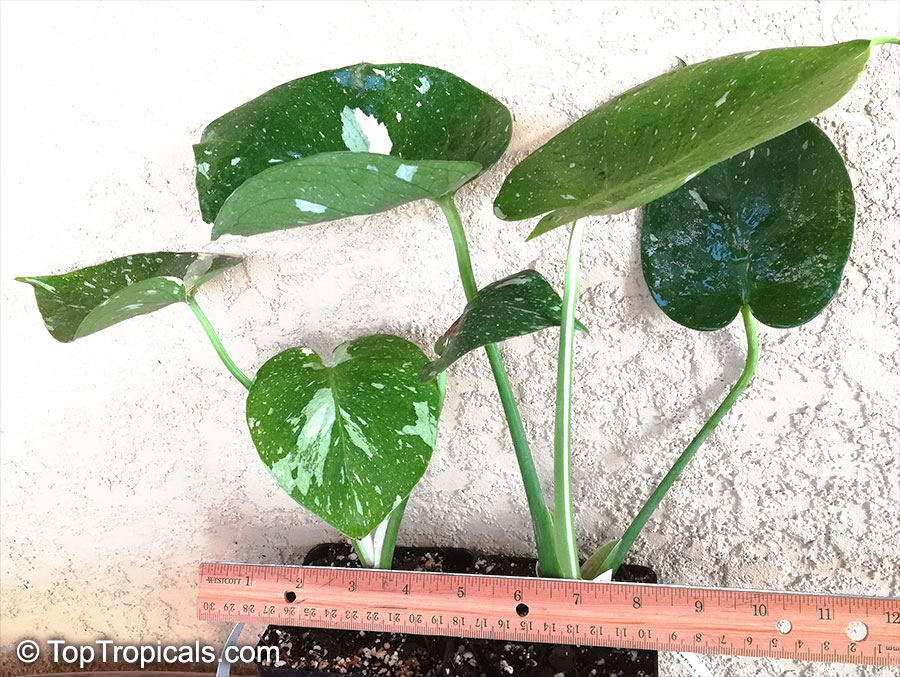
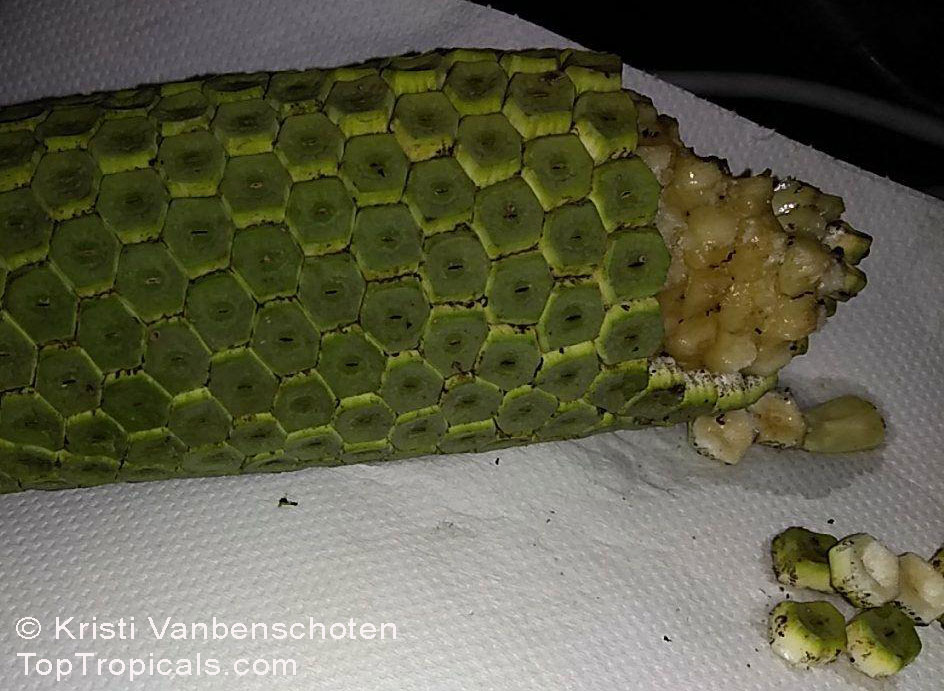
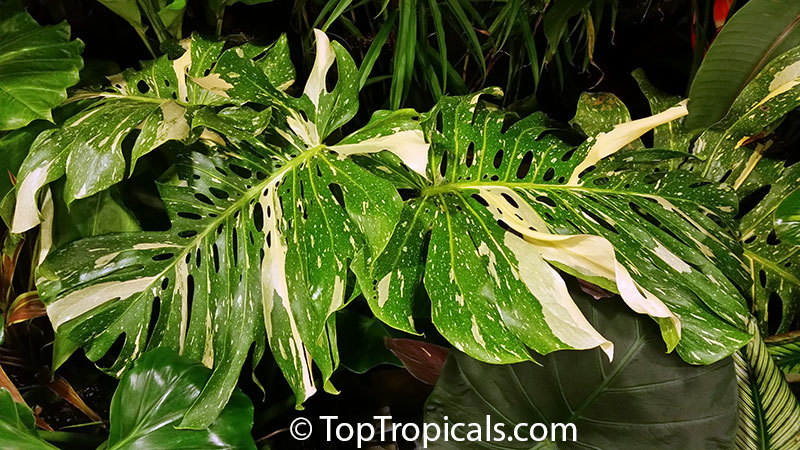
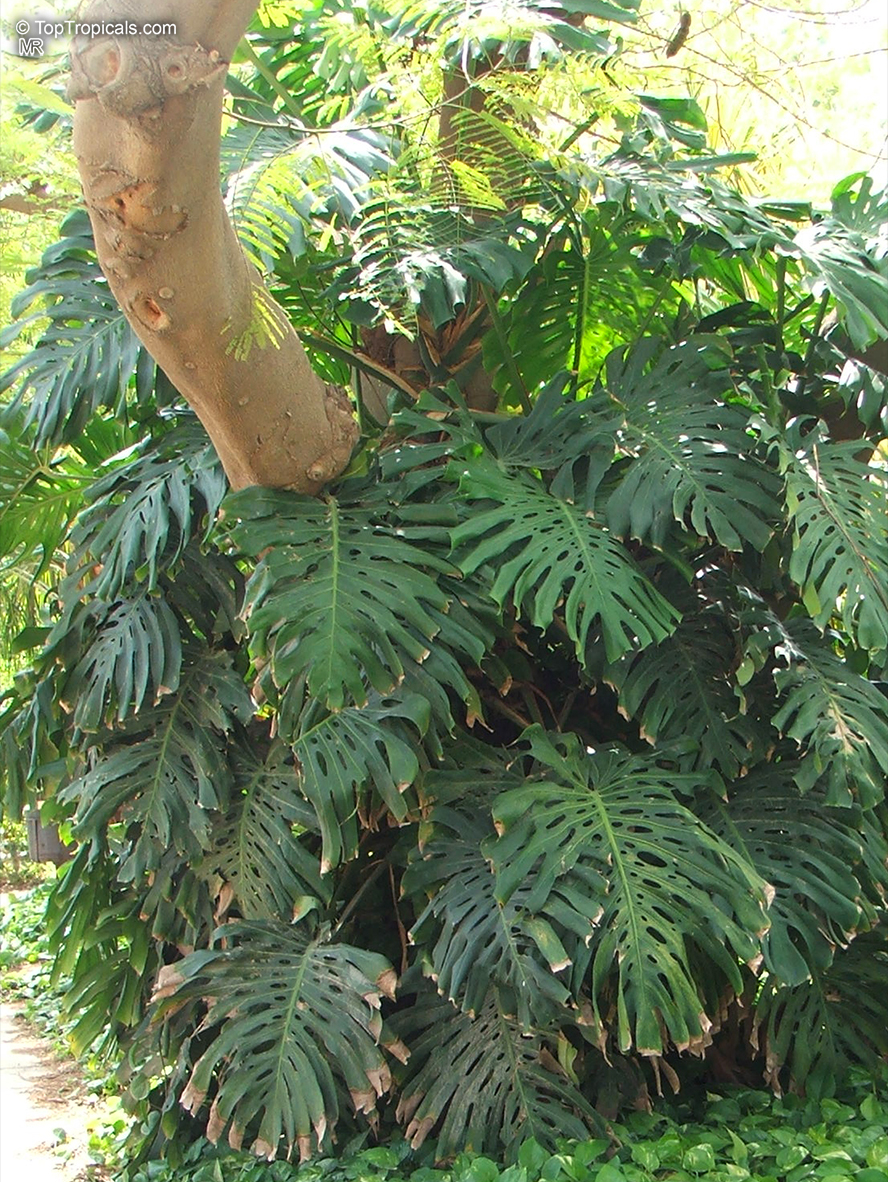
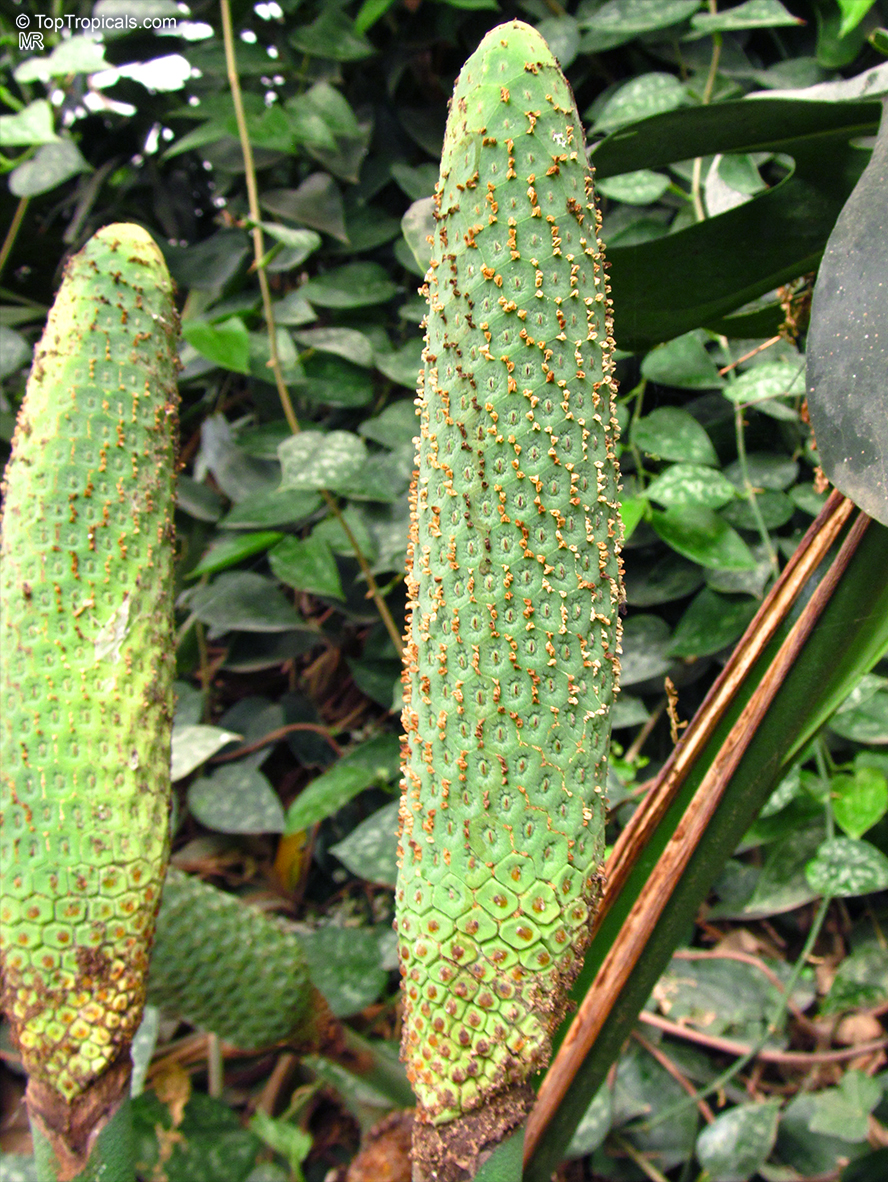
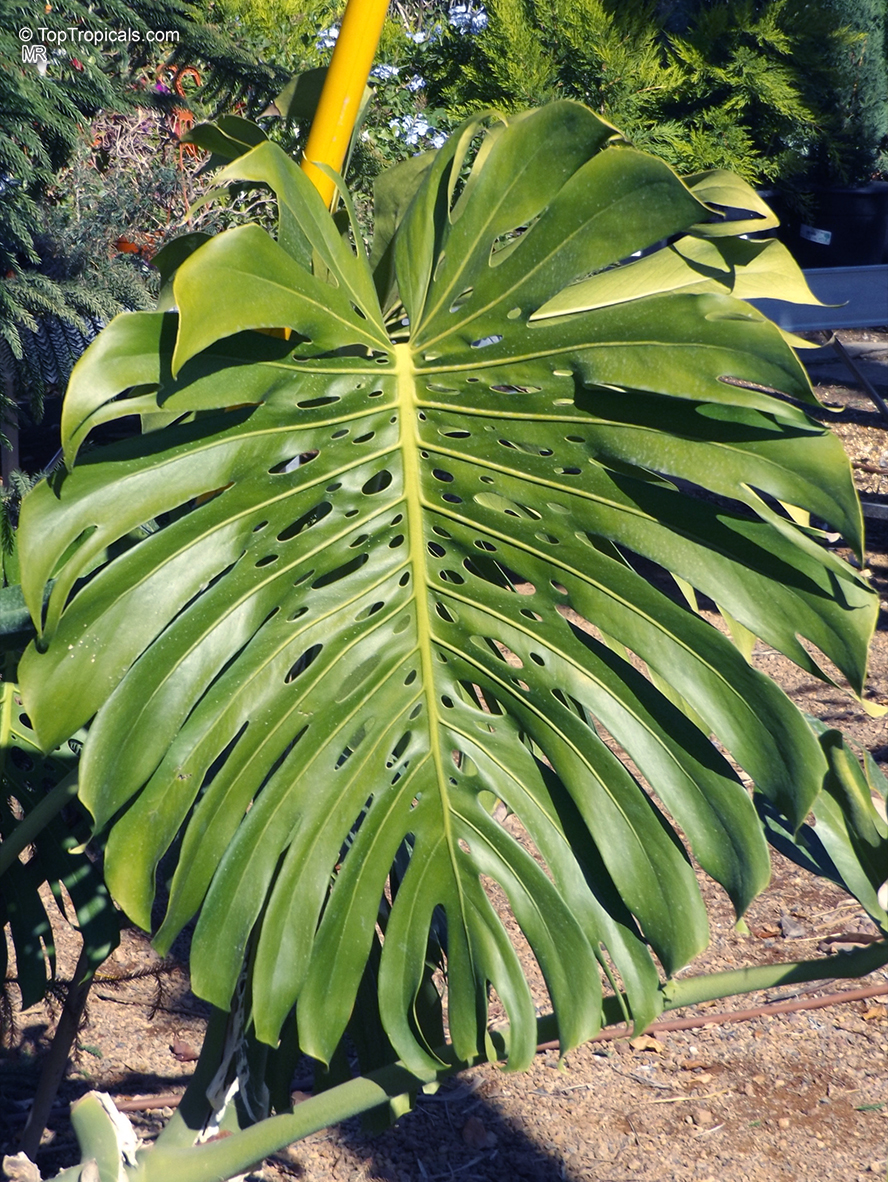
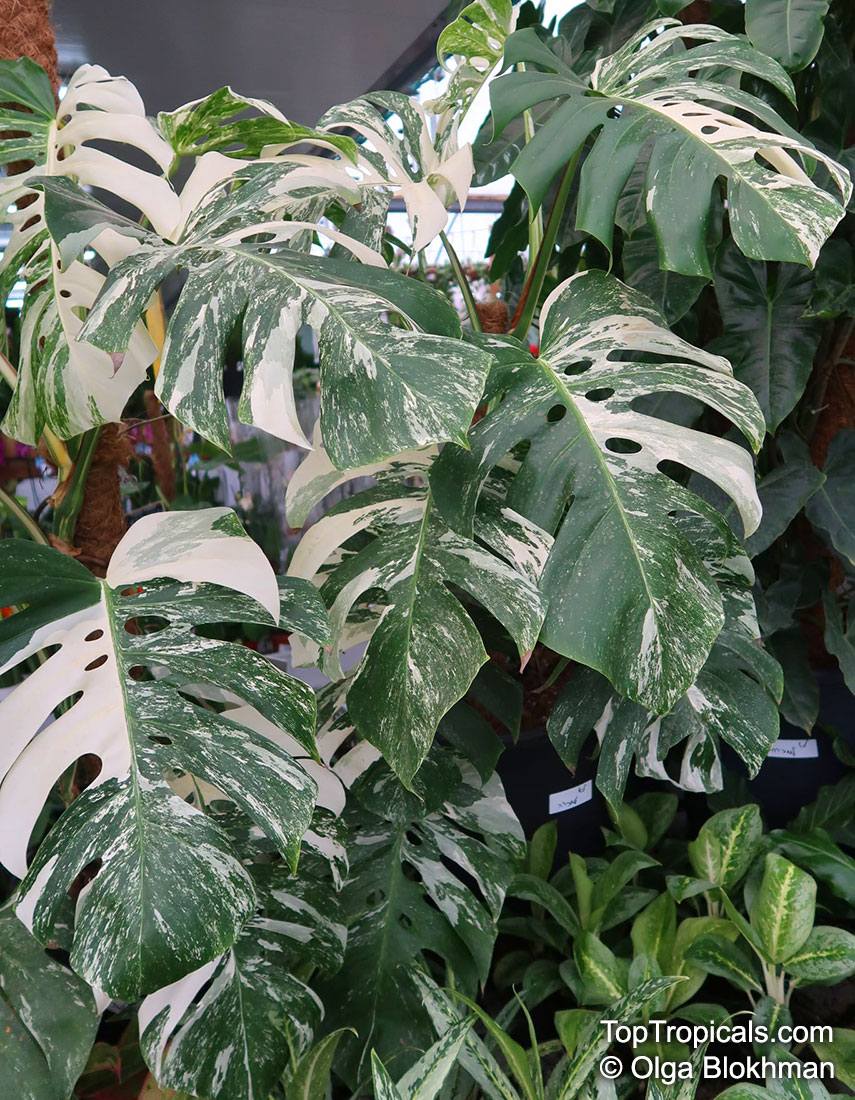
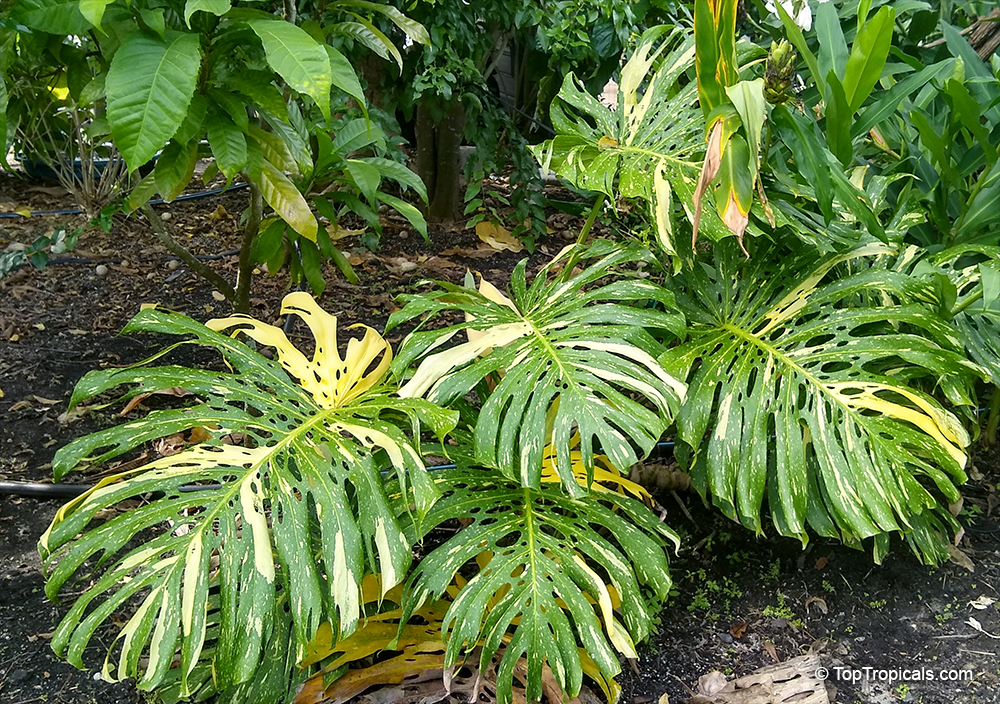
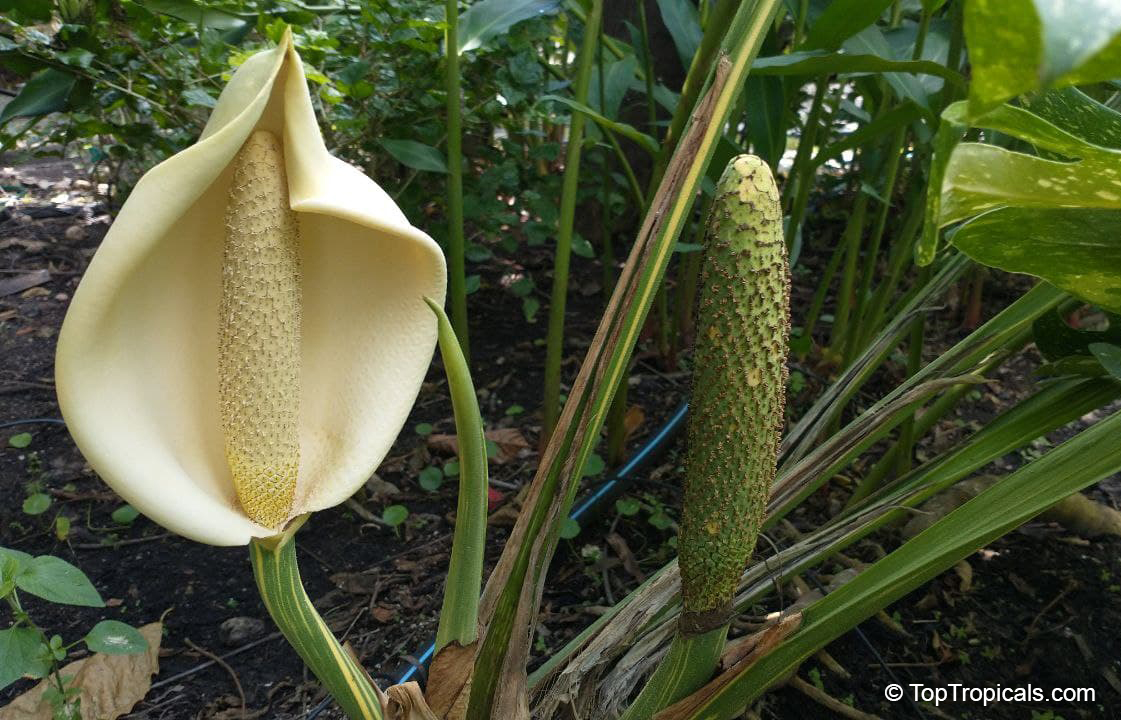
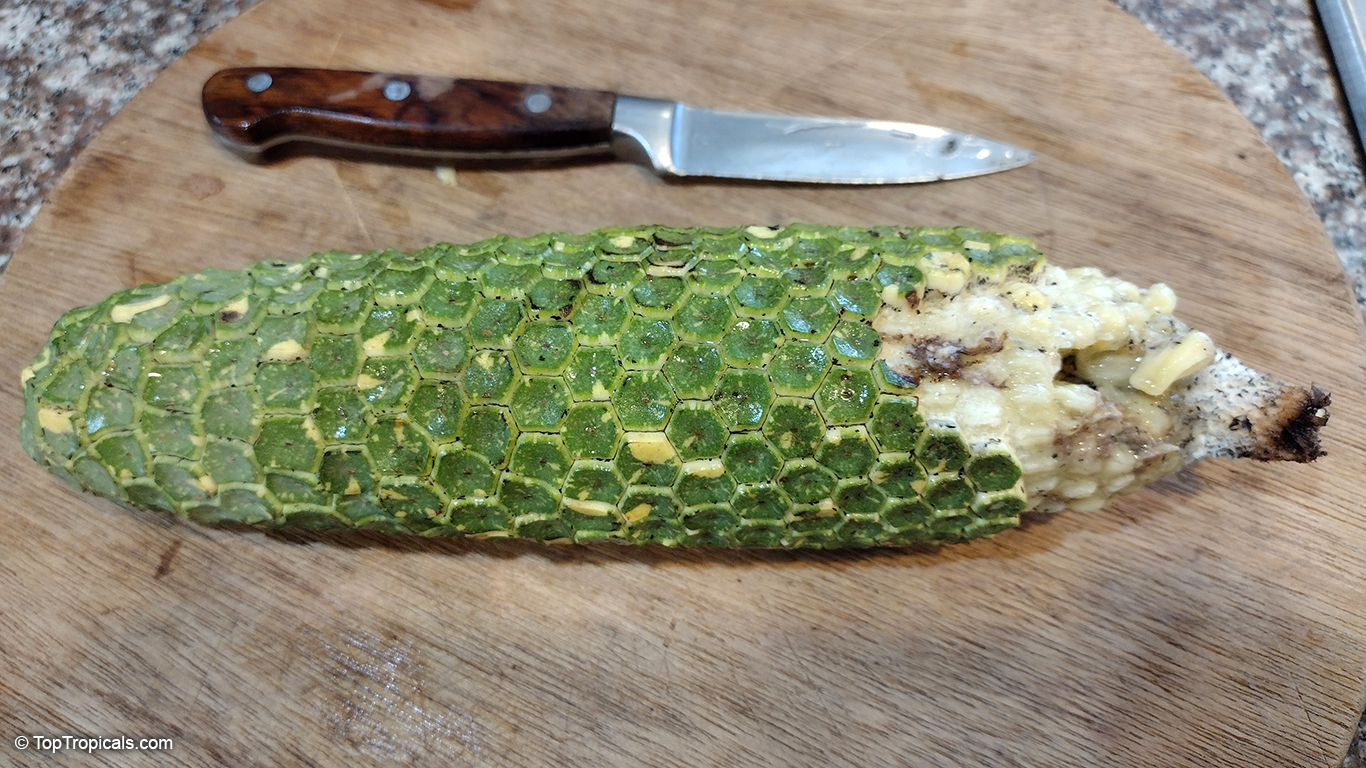
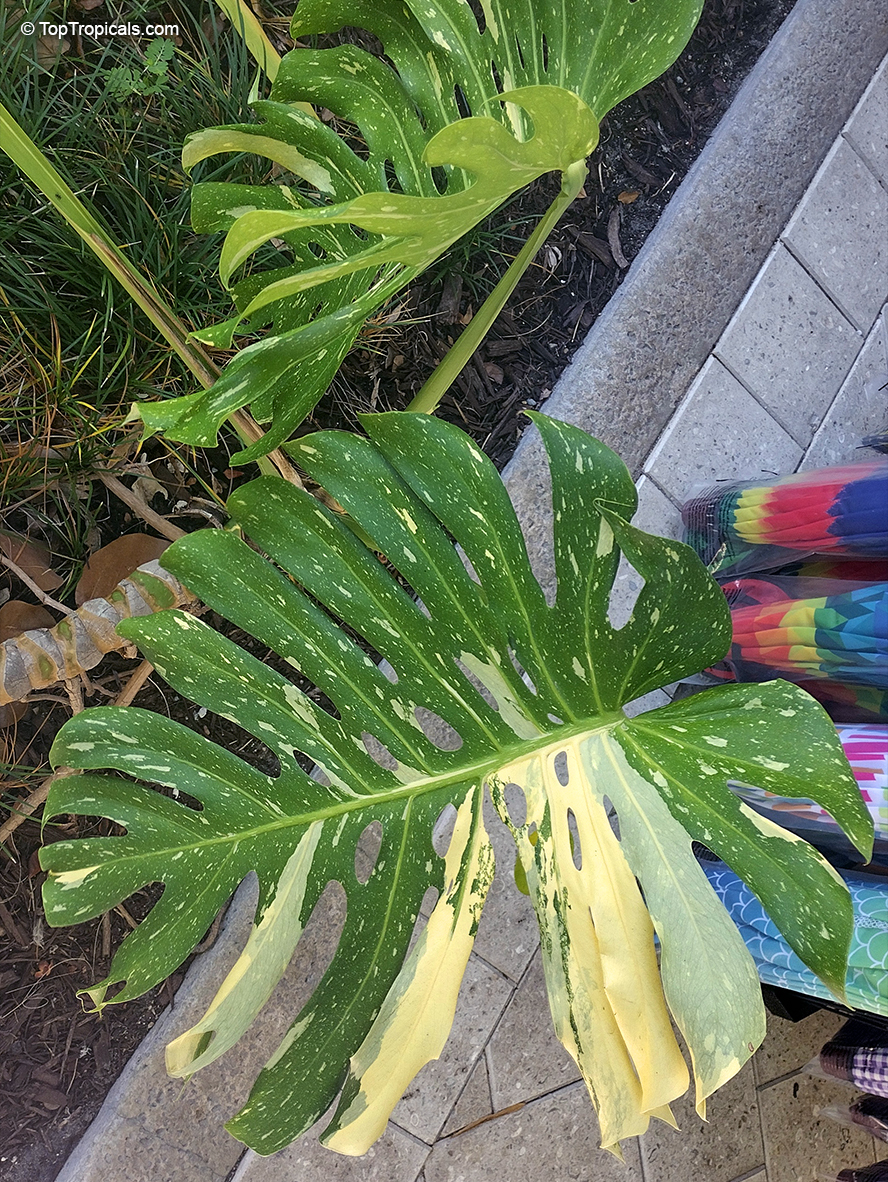
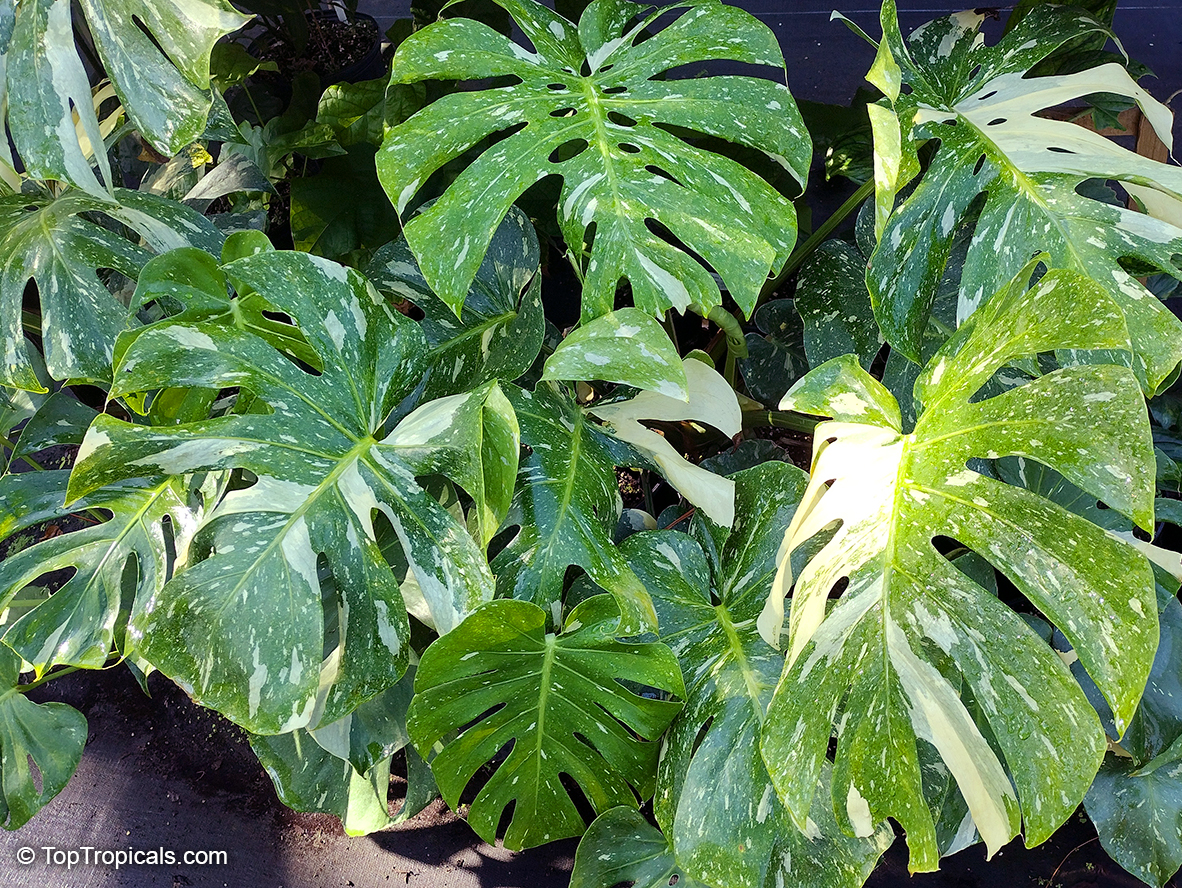
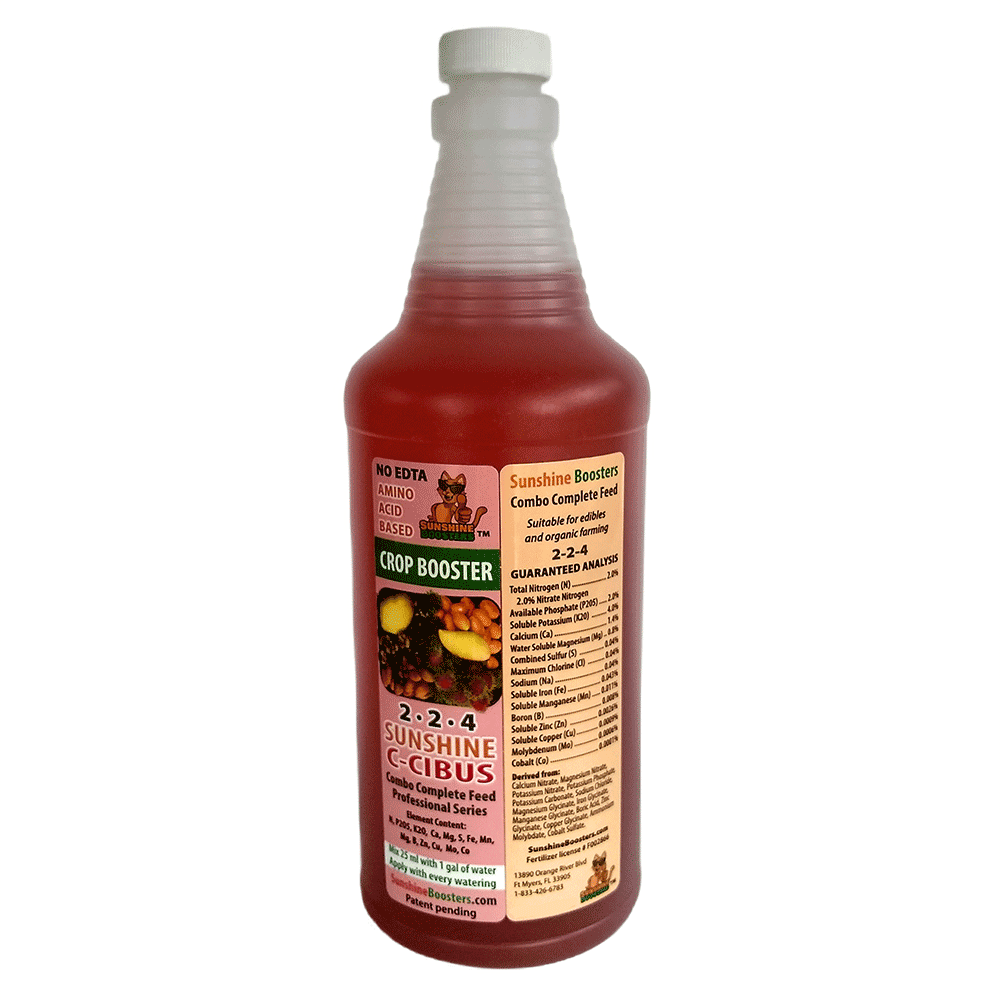 SUNSHINE C-Cibus (NPK 2-2-4) - Crop Booster for every watering.
SUNSHINE C-Cibus (NPK 2-2-4) - Crop Booster for every watering. 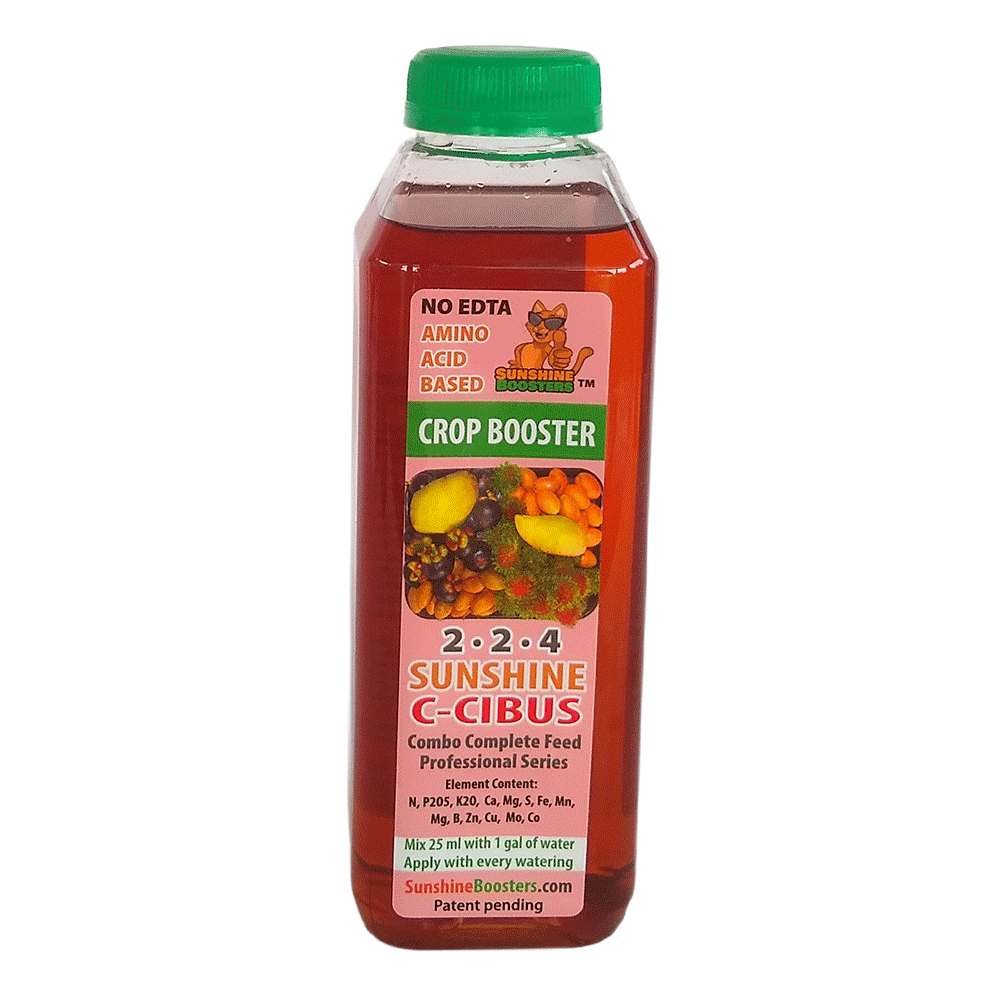 SUNSHINE C-Cibus (NPK 2-2-4) - Crop Booster for every watering.
SUNSHINE C-Cibus (NPK 2-2-4) - Crop Booster for every watering.